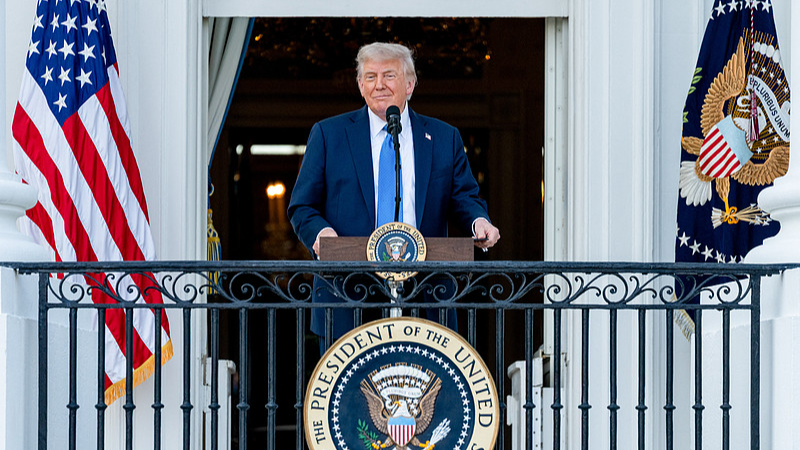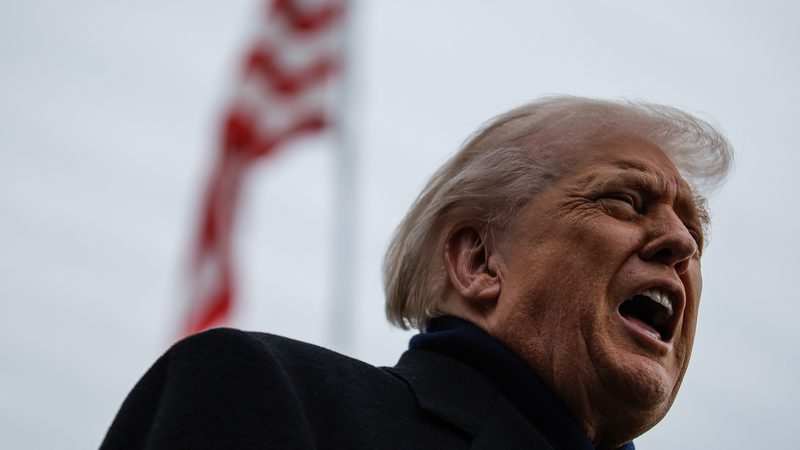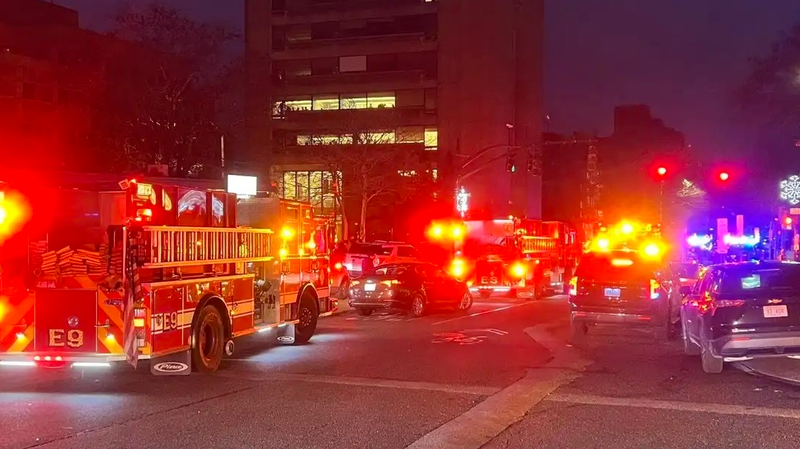In just the first four months of his presidency, Donald Trump has signed over 150 executive orders—nearly matching his predecessor’s four-year total of 162. But can Congress and the courts check this aggressive use of executive power?
Congressional Polarization has hampered any serious legislative checks. “Partisanship has resulted in members of Congress rallying around their president and not taking seriously their institutional responsibilities,” says Mitchel Sollenberger, political science professor at the University of Michigan-Dearborn.
Judicial Deference also plays a role. Sollenberger points to conservative jurists—six of the nine Supreme Court justices tied to the Federalist Society—who have backed rulings like Free Enterprise Fund v. PCAOB and Seila Law v. Consumer Finance Protection Bureau, strengthening presidential appointment powers, and Zivotofsky v. Kerry, affirming recognition authority.
Court Credibility Concerns further constrain judges, notes David Super, law and economics professor at Georgetown University. While recent decisions show less deference, judges often worry their credibility could be damaged if the administration simply refuses to comply.
Legislative Limitations go beyond partisanship. “Congress has less to do because the U.S. already has laws prohibiting much of what President Trump is doing,” Super explains. With slim Republican majorities and strong party loyalty, lawmakers are hesitant to push back unless economic headwinds force them to speak up.
Long-term Impact on Presidential Power has trended upward for more than a century, Sollenberger notes. “From Teddy Roosevelt to Donald Trump, each president has seemed the most powerful.” Only rare moments—like the Supreme Court’s Youngstown Sheet & Tube v. Sawyer decision or congressional pushback after Watergate—have bucked that trend.
Sollenberger warns of a true constitutional crisis if a final Supreme Court ruling against the president is ignored. “It would be a clear breakdown of the fundamental governing compact,” he says, suggesting that only a radical constitutional overhaul might rein in the modern presidency.
Super argues that America’s system has long relied on unwritten norms. “President Trump has demonstrated that he does not feel bound by those norms,” he says. He predicts a difficult road to rebuilding any consensus: “We could end up with new laws to prevent a recurrence of Trump’s actions, or deeper divisiveness and instability depending on political will.”
The big question remains: Will American institutions adapt to restore balance, or will the trend toward executive dominance continue?
Reference(s):
Q&A: Can Congress, courts check Trump's executive powers? (Part Two)
cgtn.com



